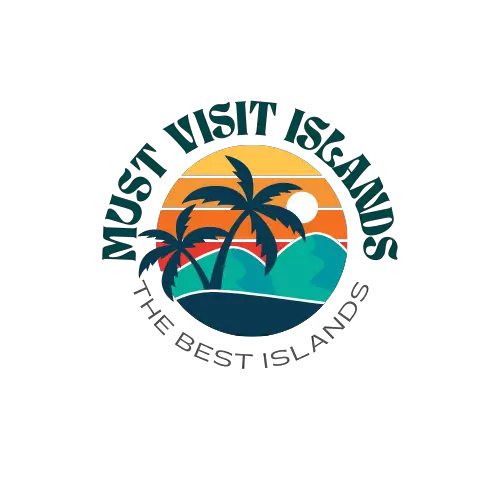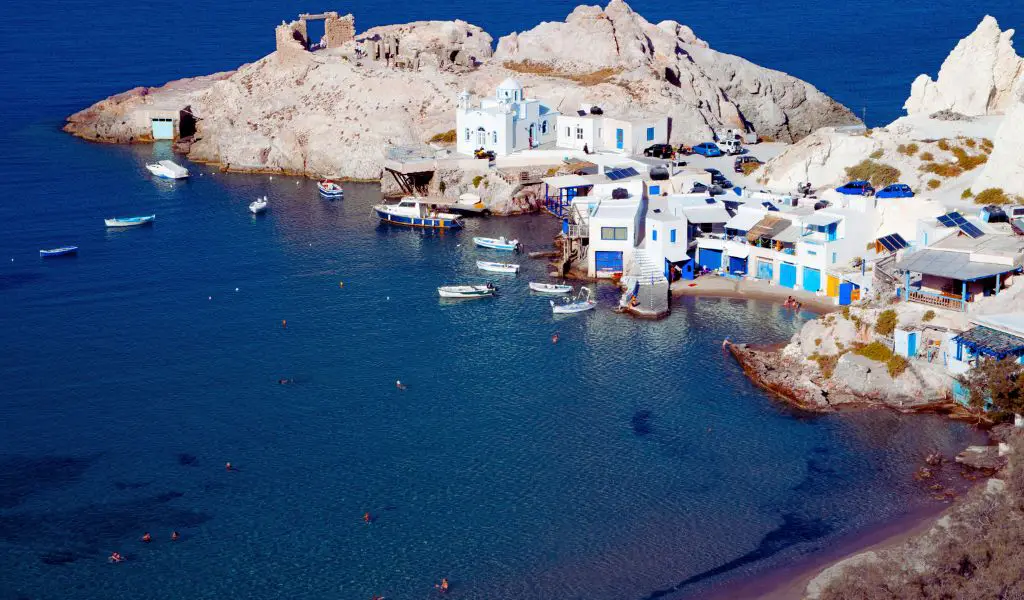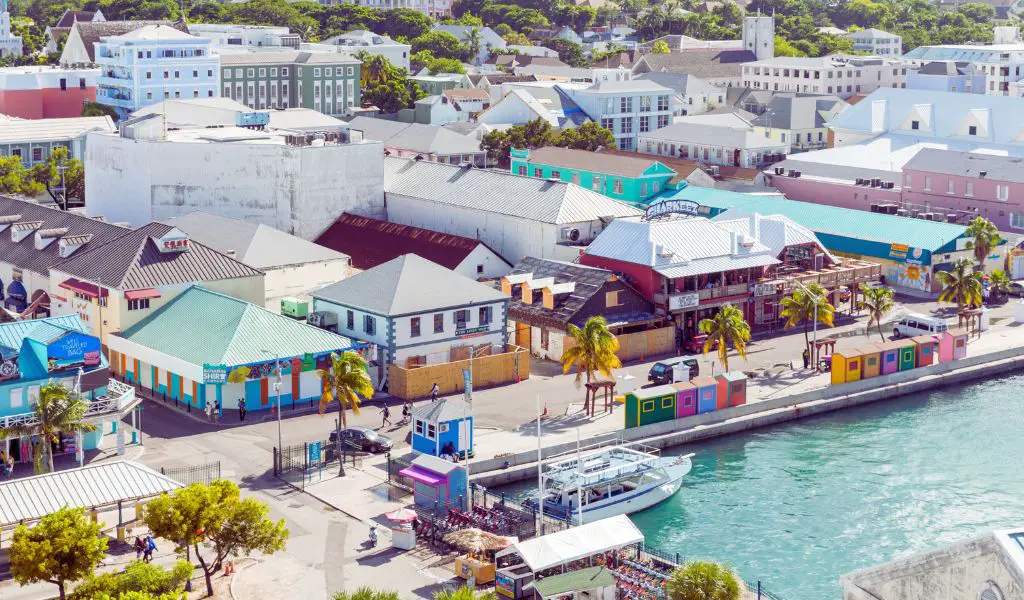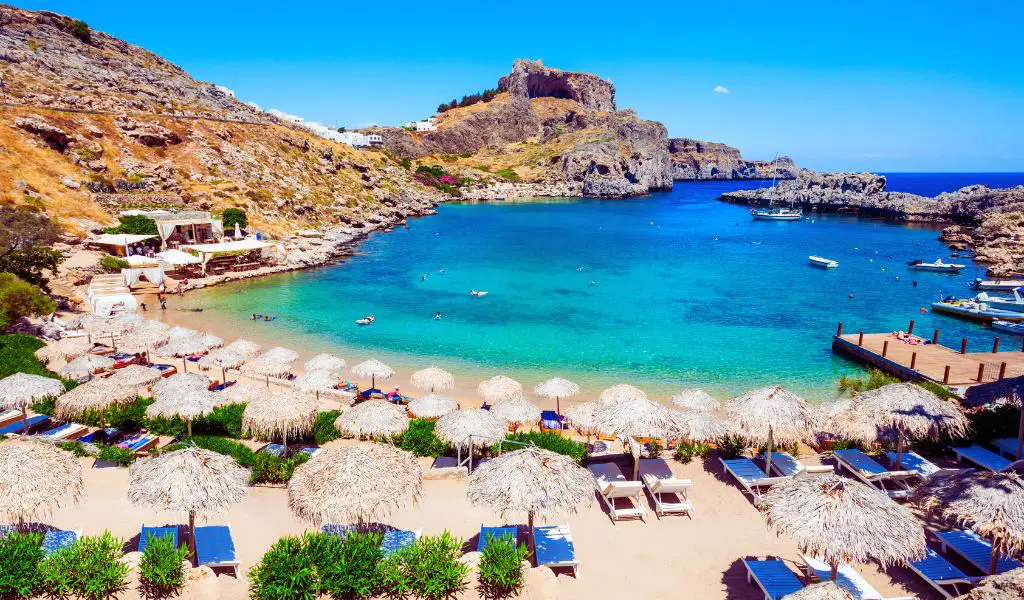Tucked away in the southwestern corner of the Cyclades in the Aegean Sea, Milos is an enchanting Greek island that offers travelers a diverse geographical terrain and an immersive historical journey.
Geography
The island is formed from a ring of extinct volcanoes, giving it a unique and diverse geological profile.
Its coastline stretches over 120 kilometers, offering a myriad of secluded beaches with crystal clear waters, picturesque coves, and spectacular sea caves.
The western side of the island is a natural reserve, marked by a rough, rocky terrain and striking landscapes.
One cannot talk about Milos without mentioning its captivating sea caves, the most famous of which are the Papafragas and Kleftiko caves.
These caves, carved by the incessant waves over the centuries, are unique geological formations offering a stunning spectacle to the visitors.
History
Milos is also a treasure trove for history buffs.
This island was a major source of obsidian during the Neolithic period, promoting long-distance sea trade across the Aegean Sea and beyond.
Later, it was home to an important Hellenistic city, remnants of which can be seen in the ancient theatre, agora, and necropolis.
The island’s most famous artifact, the Venus de Milo, was discovered here before being moved to the Louvre Museum in Paris.
The local Archaeological Museum, meanwhile, showcases a rich collection of exhibits from various periods of its history.
Activities
For outdoor enthusiasts, Milos offers hiking trails leading to panoramic hilltop views, the ruins of ancient cities, old mines, and more.
Visitors can also indulge in water sports, such as snorkeling, diving, and sailing, to explore the vibrant marine life and the stunning underwater caves.
Population
With a local population of around 5,000 residents, Milos is an intimate community known for its hospitality and warmth.
The majority of the population resides in Plaka, the island’s capital, and the coastal villages of Adamas, Pollonia, and Triovasalos.
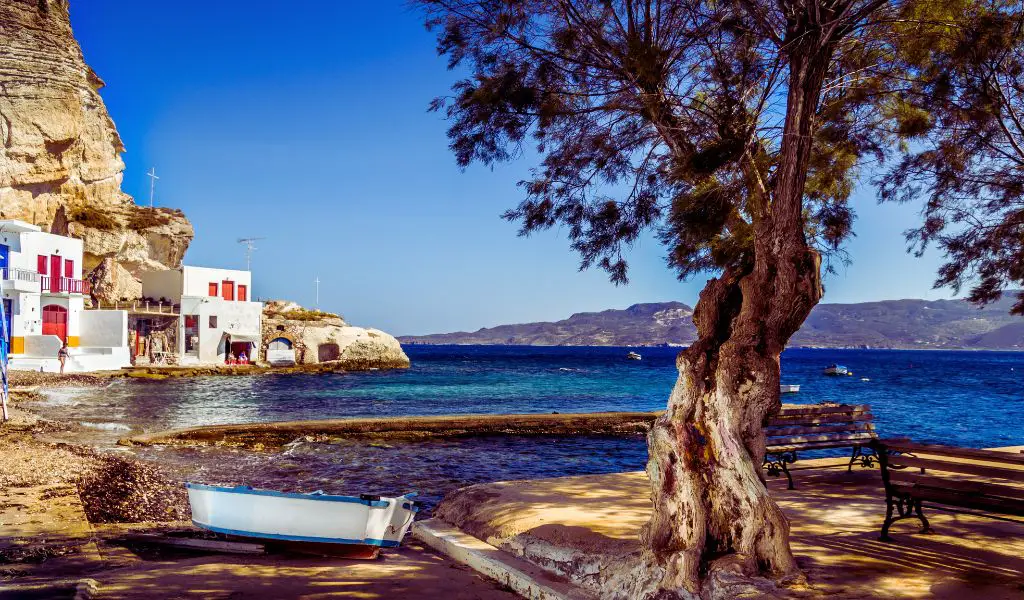
When to Go
The best time to visit Milos is from late May to early October when the weather is warm and the Aegean Sea is inviting.
June to September are the peak tourist months, while May and October offer slightly cooler weather and fewer crowds.
How to Get There
Milos has a national airport that connects to Athens with daily flights.
Alternatively, ferries run between Milos and Piraeus, the port of Athens, as well as other Cyclades islands.
Highlights
The highlights of Milos include the Sarakiniko Beach with its moon-like landscape, the old pirate hideout at Kleftiko, and the ancient Roman Theatre.
Don’t miss a visit to the Catacombs, which are among the most important early Christian monuments in Greece.
What You Should Know
As a lesser-known Greek island, Milos has maintained its authentic charm.
While it offers modern amenities, parts of the island are still uncommercialized. Greek is the primary language, but English is commonly spoken in tourist areas. The local currency is the Euro.
FAQs
What is the primary economy of Milos?
Milos primarily relies on tourism, fishing, and agriculture. The island also has a history of mining due to its rich mineral resources.
Is Milos suitable for family vacations?
Yes, Milos offers a variety of family-friendly activities and beaches. Its relaxed atmosphere makes it a great destination for families.
Can I rent a car or a bike in Milos?
Yes, car and bike rentals are available in Milos, providing a convenient way to explore the island.
